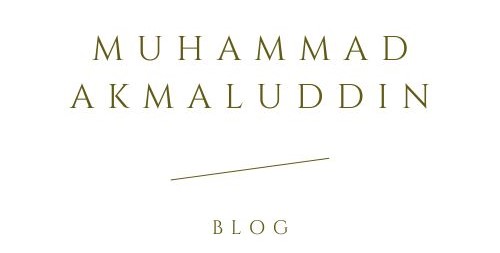The Andalusian Settlement in Dry Lands: South Eastern La Mancha (XIth-XIIIth centuries)
Since the 1980s, there has been a significant increase in the number of studies concerning Andalusian rural settlements linked to irrigated agriculture, both related to large suburban green belts and to small hydraulic systems. In the vast areas where water is scarce, the settlement apparently would have been concentrated in cities and fortified towns (ḥuṣūn), leaving without population most of the dry lands between them. However, thanks to the intensive survey of one of these regions, La Mancha’s Southeastern area, we are recording a dense rural settlement corresponding to a pattern unknown until now. It consists basically of small villages (qurā) in plain, devoid of community defense elements, which must have been inhabited by humble peasants, judging by the modesty of the architecture and domestic goods. Surely they make use of the scanty natural resources, which have traditionally oriented the economy of the region towards livestock and rainfed agriculture. In particular, the studied settlement would be related to the demand of wool for the export oriented textile production of the region, within the framework of the commercial expansion of that period. Apparently, most of those villages could have appeared in the eleventh century, disappearing in the middle of the thirteenth century because of the Christian conquest. Their existence would be associated with a general context of population growth that pushed the competition between urban elites and peasants pursuing the privileged agricultural areas, as well as the colonization of less favorable production areas.
http://al-qantara.revistas.csic.es/index.php/al-qantara/article/view/386







0 Comments
Silahkan meninggalkan saran dan masukan terkait blog ini. Semoga bermanfaat. Terima kasih.